We caught up with the brilliant and insightful Wen Xie a few weeks ago and have shared our conversation below.
Wen, looking forward to hearing all of your stories today. Any thoughts around creating more inclusive workplaces?
I often think about the concept of inclusivity as not just a policy or a statement, but a continuous design challenge—something we have to intentionally create, prototype, and refine. This perspective is at the heart of my thesis project, “From Alienation to Hybridization: Resetting the Future of Work,” where I explored how design can foster a more inclusive hybrid workplace.
When I started grad school in 2019, collaboration was all about face-to-face interactions—hanging out on weekends, brainstorming together, and feeding off each other’s energy. Then the pandemic hit, and suddenly the people I worked with became nothing more than images on a screen. This swift shift to remote work—and the alienation I felt—pushed me to question the status quo: How do we ensure everyone feels included, heard, and truly a part of the team, no matter where they’re working from?
That question led me to co-creation: a mindset where everyone—users, stakeholders, clients—becomes an active agent in designing solutions. Through a futuring workshop simulation, I invited diverse participants to imagine a workplace 10 years from now and then co-create speculative objects that symbolized their utopian or dystopian visions of future work. Those objects formed the basis of my design solutions, each reflecting a different challenge we face in hybrid environments:
Agile OS: Increasing Engagement
One workshop group created a dystopian “electronic choker,” symbolizing forced engagement through fear. It underscored how central engagement is—and how damaging it can be when it’s not approached ethically.
My response was Agile OS, an online meeting tool that uses AI to provide agenda overviews, focus reminders, and a centralized note system, ensuring everyone has equal access to information. When people feel prepared and empowered, they’re far more likely to speak up, contribute, and feel truly included.
My Stage: Redefining Roles
Another group designed a “crown-scepter,” representing hierarchical power moves in an all-digital world. It highlighted how, when transitioning to virtual or hybrid work, visibility and recognition can be skewed or lost.
I designed My Stage as an immersive digital space that gives every participant a sense of presence and agency—whether you’re a manager presenting a big idea or a new hire asking questions. By providing interactive avatars, real-time engagement metrics, and a more collaborative environment, it helps flatten traditional hierarchies and ensures everyone’s voice is seen and heard.
ReTina: Working from Anywhere
A final group created a “ring” that physically drags remote workers out of their home offices, emphasizing the longing for freedom beyond a static home setup.
In response, ReTina was born: a portable personal computing device leveraging retinal projection technology, enabling digital nomads (or anyone) to work seamlessly anywhere. Inclusivity here means geographic inclusivity—no one should be left out of vital conversations or career opportunities just because they’re not in a traditional office space.
From these solutions, I’ve distilled a few pieces of advice for leaders and organizations looking to design more inclusive workplaces:
Co-Create with Your People
Treat employees as co-designers of the workplace experience. Like the futuring workshop I ran, find ways to actively listen to their needs, hopes, and fears, then incorporate that feedback into real changes.
Foster Meaningful Engagement
Engagement isn’t just about attendance—it’s about active participation. Provide tools or processes (like Agile OS) that remove barriers to contribution. When people feel prepared and see clear ways to add value, they’re more inclined to speak up.
Rethink Visibility and Roles
Hierarchies can stifle voices if not managed carefully. By creating digital environments (like My Stage) where everyone has a “spotlight” at the right time, you empower each person to bring their unique perspective to the table.
Embrace Location-Agnostic Models
Work shouldn’t be bound by geography. If you invest in technology that supports truly mobile work—like my ReTina concept—your talent pool expands, and you build a workforce that’s more dynamic and flexible.
Above all, what shaped my view is the realization that alienation in remote or hybrid work isn’t an unavoidable side effect—it’s a design problem. By applying the same user-centered lens we use for product design to organizational culture and processes, we can actively design out alienation and design in inclusivity. That’s how we truly reset the future of work.
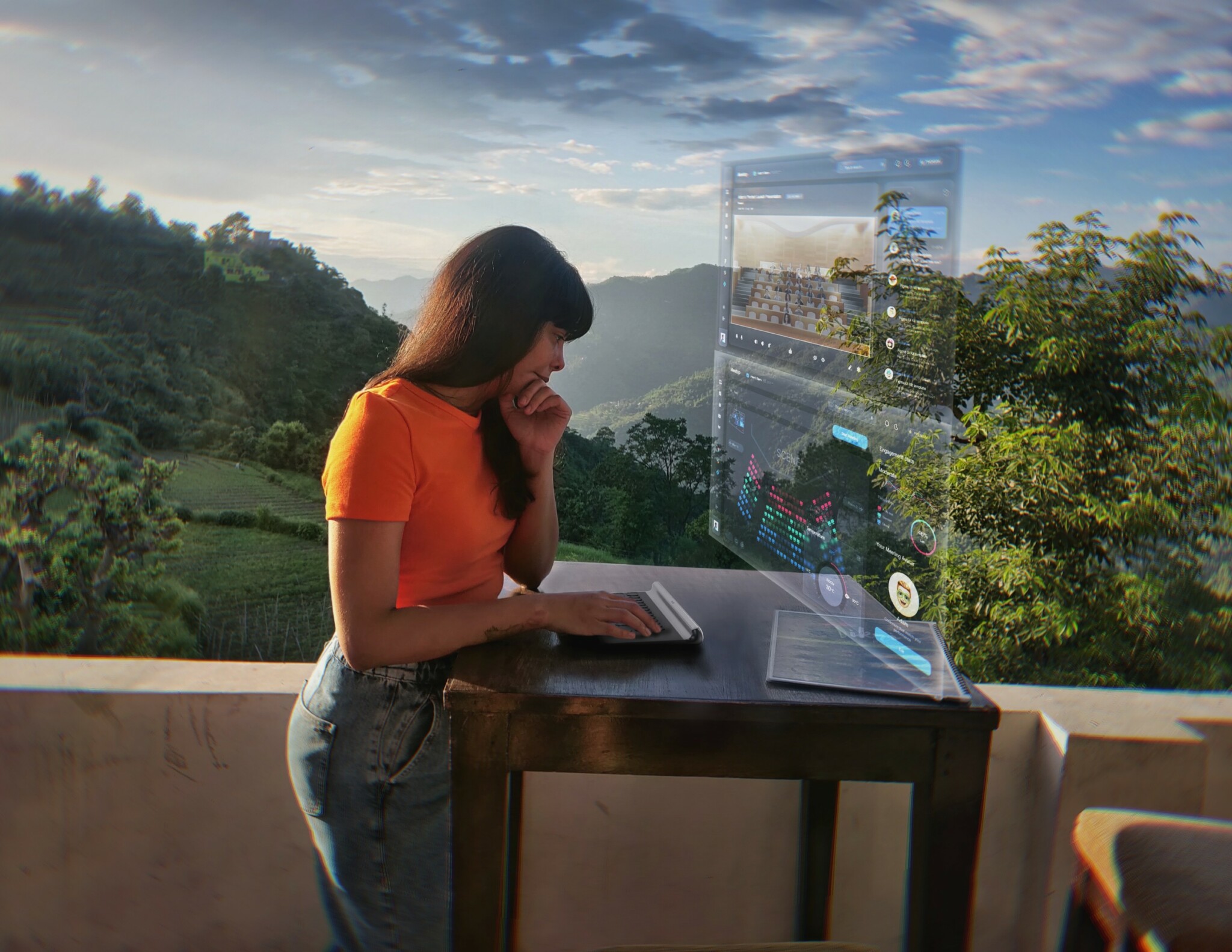
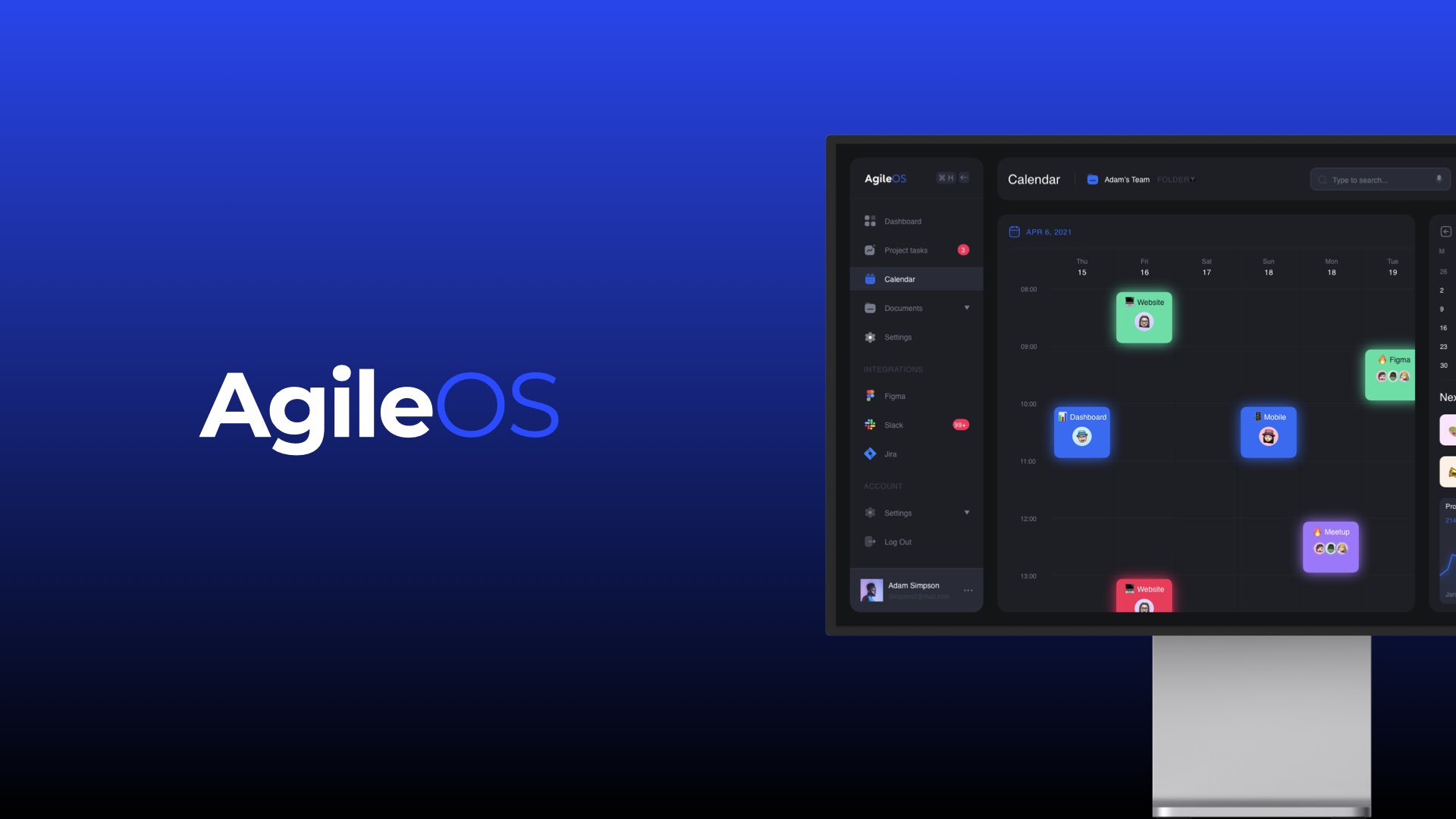
Awesome – so before we get into the rest of our questions, can you briefly introduce yourself to our readers.
An award-winning product designer, Wen Xie specializes in crafting responsible and future-proofed design solutions. Their career has spanned collaborations with global leaders in e-commerce, automotive technology, and gaming, creating products that have reached millions of users worldwide. With a strong focus on digital privacy, sustainability, and human-centered innovation, Wen’s work bridges cutting-edge technology with ethical design principles.
Beyond their professional practice, Wen is deeply invested in speculative design, exploring how today’s decisions shape the future of user experience. As a citizen, a human being, they continue to champion responsible design, ensuring that our digital landscape remains safe, inclusive, and sustainable—a commitment that underpins every project they undertake.
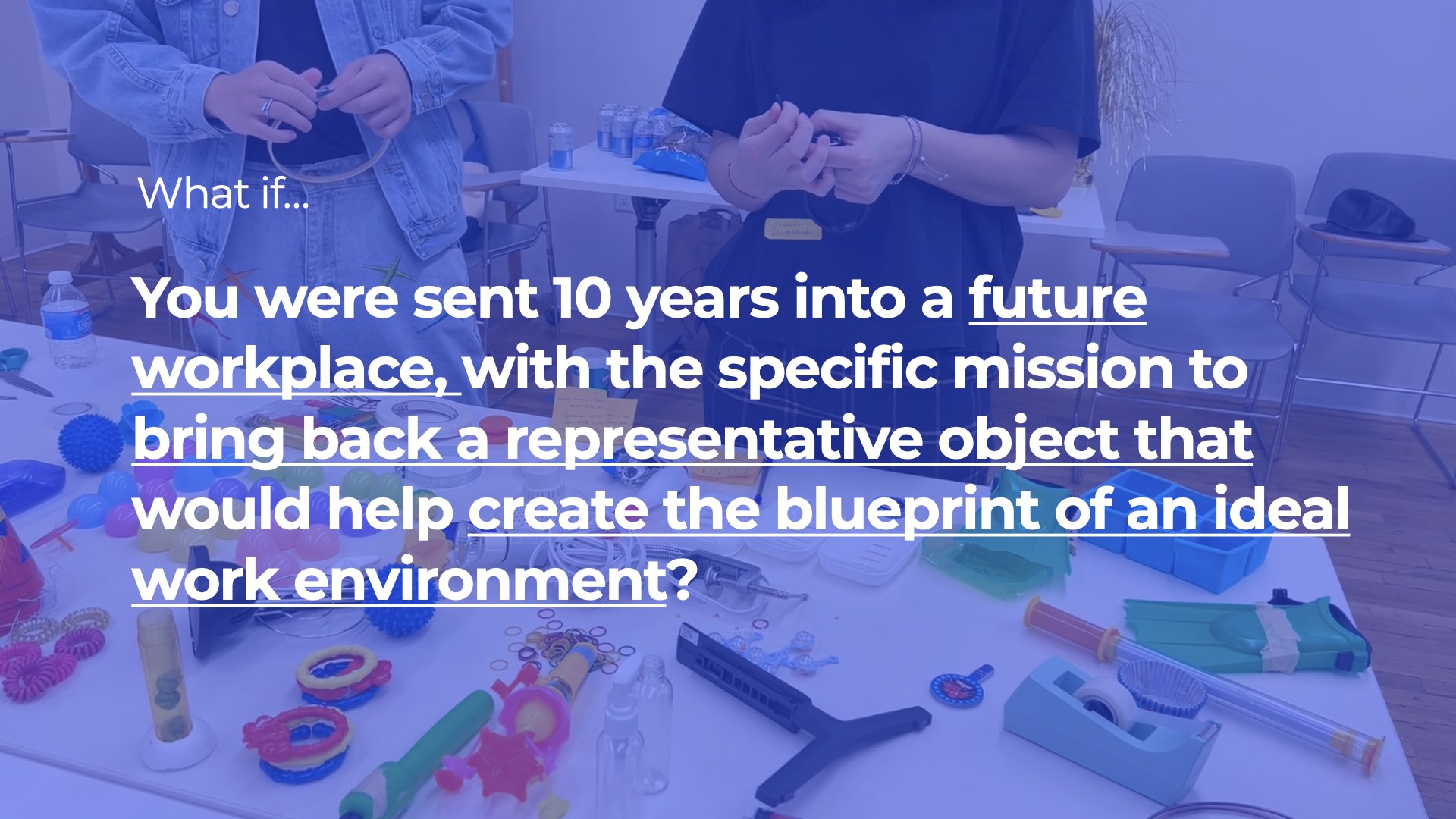

Is there a particular goal or mission driving your creative journey?
I’m driven by a mission to bridge cutting-edge technology with ethical, human-centered design principles, ensuring that every product or experience I create not only meets user needs but also safeguards our collective future. At the core of my work is a commitment to digital privacy, sustainability, and inclusivity. By weaving these values into every project—from ideation to execution—I hope to shape experiences that are not just innovative, but also responsible and empowering for everyone involved.
![]()

What do you find most rewarding about being a creative?
For me, the most rewarding aspect of being a creative is witnessing how thoughtful design can transform people’s everyday experiences. Whether it’s improving user workflows or sparking new perspectives in speculative projects, seeing the positive impact on individuals and communities reaffirms why I do what I do. There’s a unique fulfillment in knowing that my work can bring both practical value and meaningful insight to people’s lives.
Contact Info:
- Website: https://wenxdesign.com
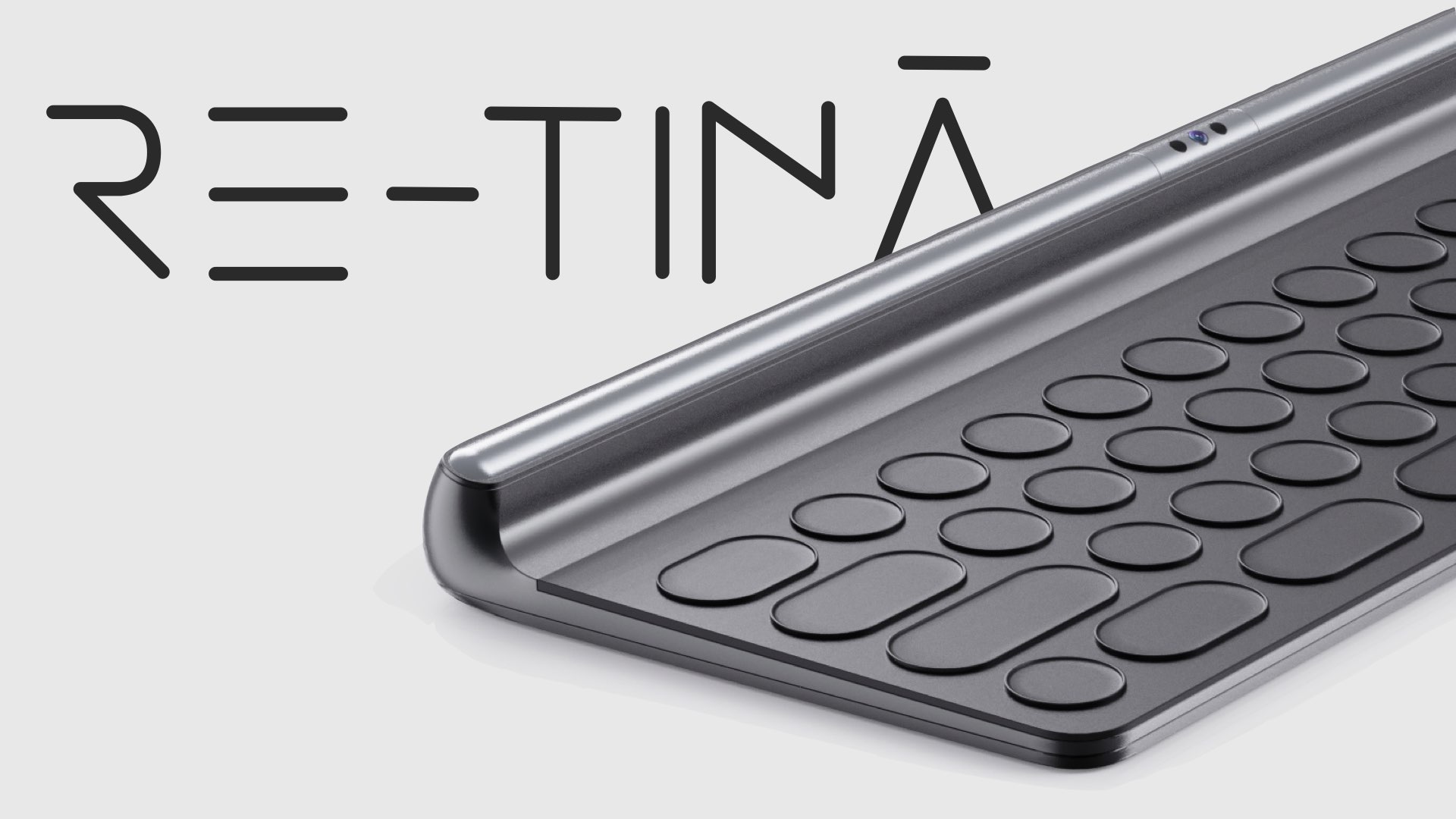
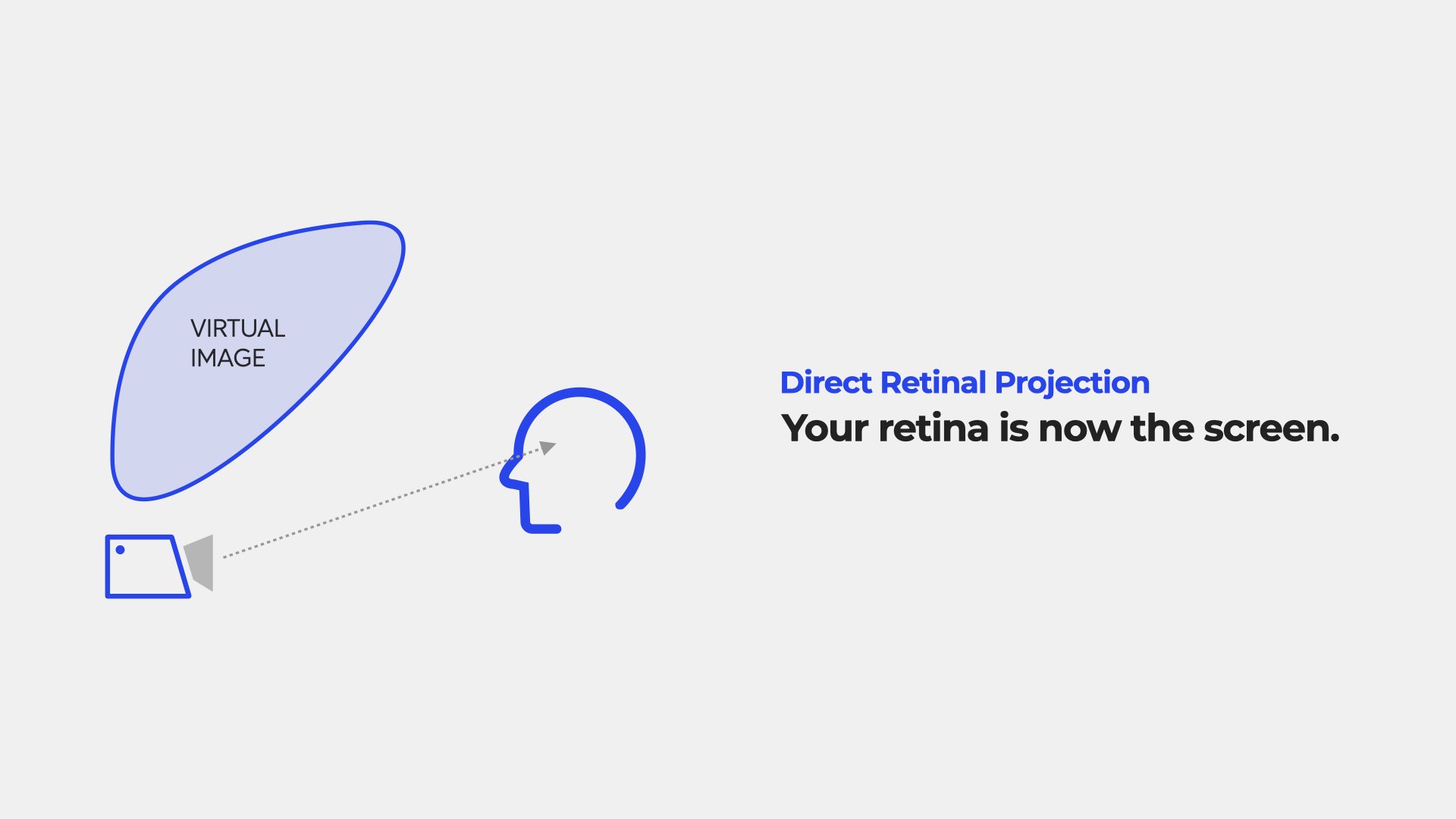
Image Credits
Wen Xie


